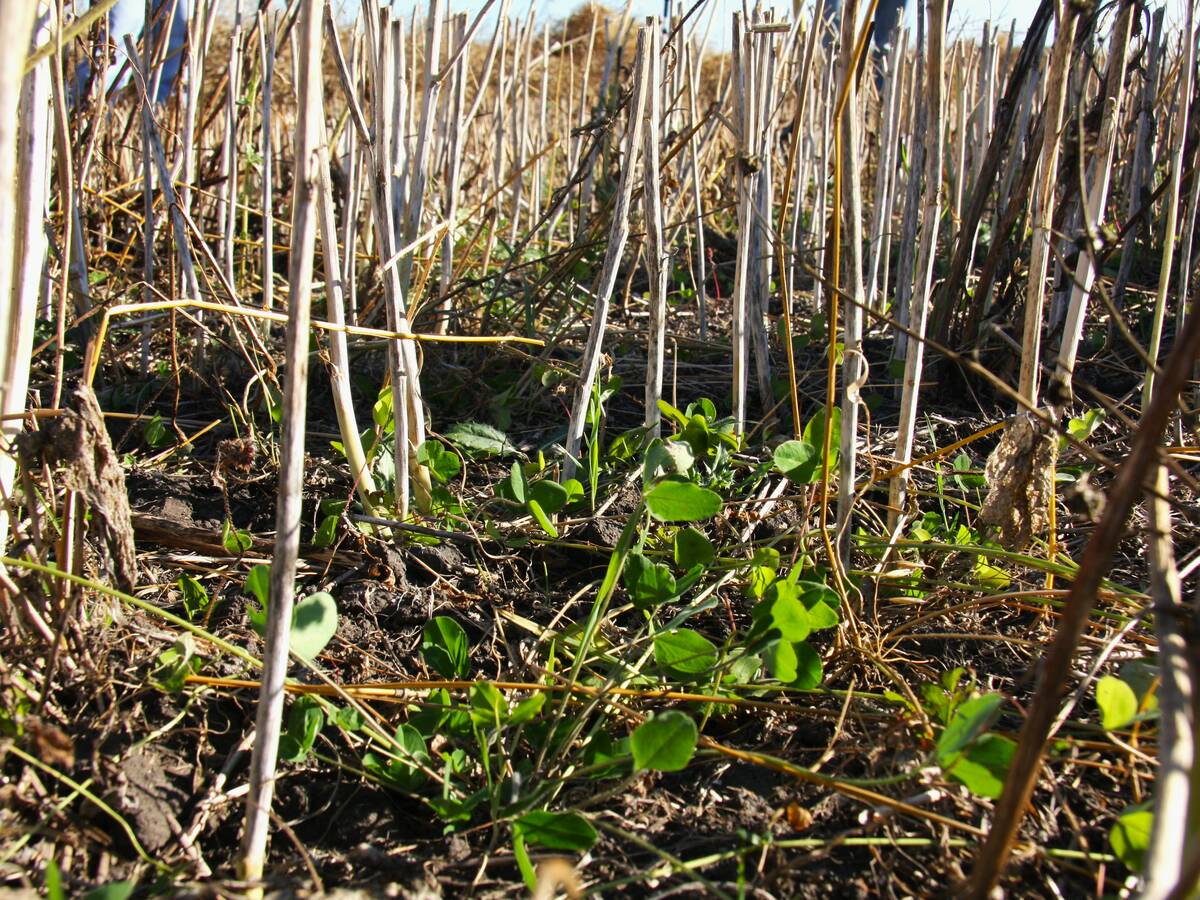Farmers wanting to know what the weather will be like this spring and summer should reflect back on 1960, 1978 and 1996, says a weather expert.
Drew Lerner, president of World Weather Inc., said the 18 year cycle will have the biggest influence on weather patterns in 2014 – watch the WP video here.
“I’m very much into cycles,” he said during CropSphere 2014.
“I believe completely that our weather is cyclical.”
He said 1960, 1978 and 1996 were in the top 30 percent of drier years on the Canadian Prairies.
Read Also

Saskatchewan project sees intercrop, cover crop benefit
An Indigenous-led Living Lab has been researching regenerative techniques is encouraging producers to consider incorporating intercrops and cover crops with their rotations.
“The weather pattern is going to shift a little bit, and we’re not going to see the repetitive 1950s-style abundance of rainfall we’ve been having in recent years,” said Lerner.
The second half of winter will be a mirror image to the first half with excess snowfall and warmer than normal temperatures in western Alberta and cooler and drier than normal conditions in the eastern Prairies.
The first half of spring will be much the same because there will be a continuation of the northwest to southeast pattern of the upper airflow, which influences storm activity. It means cool and dry conditions in the eastern Prairies.
The upper airflow switches to a west to east pattern in the second half of spring, which means it will be warmer and drier than normal, especially in western Alberta and eastern Saskatchewan.
Summer weather patterns will be favourable for the southern Prairies but not so good for the north because the storm track will be located in the south.
“Northern parts of Alberta and northwest portions of Saskatchewan are probably not going to see a tremendous amount of moisture during the growing season,” he said.
It’s a concern because the Palmer Drought Severity Index shows there has been moderate to severe drought in portions of northern Alberta for six years.
“It concerns me a little bit that down hidden deep below the surface we still have some dryness issues building up out there,” said Lerner.
He is also worried about a prime growing area in southeastern Alberta and southwestern Saskatchewan that is low on topsoil and subsoil moisture.
“We’re going to come into the growing season with a sponge in the middle of the Prairies that is going to be able to absorb some moisture.”
He said a lot will depend on how the snow melts. There is an overabundance of snow in western Alberta that could recharge soil moisture levels in northern Alberta and elsewhere if there is a gradual thaw.
However, Lerner is concerned about the periods of unusually warm conditions such as last week, which cause the snow to melt at a time when the soil is too frozen to absorb moisture.
There is a distinct possibility that El Nino could materialize by late spring, which would exacerbate dry conditions in the western United States and reinforce the drier bias in Alberta.















